ArchitectureZagreb is a city that most people only spend 3 days or so visiting. It's the capital but, let's be honest, it doesn't compare to the natural beauty of the coastal cities. Croatia's tourism industry is built around nature (and recently, Game of Thrones filming locations). If you happen to go to Zagreb, though, you'll find what they consider to be the "Little Vienna". Croatia was linked to the Austro-Hungarian empire/dynasty from the 1500's to the 1900's, and the buildings reflect that. Well, except that everything in Vienna is generally white or grey, whereas the buildings in Zagreb are orange and yellow. Additionally, there's a majestic, towering cathedral visible from everywhere in town.
Now Dubrovnik is special. The whole city was an independent city-state from the 14th-19th century. To maintain its independence, the fortifications are massively impenetrable. If you go there, pay to walk the perimeter of the city atop the walls. There's nothing like it. The inner city is a maze of alleyways between houses with reddish rooftops. If you've seen Game of Thrones, this is King's Landing, and much of the filming was done here. NatureOne really awesome thing about Croatia is the car rentals are SO cheap. You can rent a brand new car for about $15 a day (add gas and potential border crossing fees to that and it'll be around $20-$24). Fortunately, I know how to drive a manual, otherwise I'd be out of luck as automatics really don't exist in Eastern Europe. So, learn how to drive a manual, rent a car, and get lost on the mountain and coastal roads of Croatia! Plitvice national park is a series of lakes in the mountains near the border of Bosnia famous for its cascading waterfalls and crystal clear water. Autumn had just started coming when we hiked around the lakes and the trees were a mix of reds, oranges, yellows, and greens. After hiking the park, we drove around for 5 or so hours through the mountains. We were vaguely headed to the birthplace of Nikola Tesla, the famous scientist/electrician/inventor/magician. Tiny towns dotted the landscape, each with its own church. 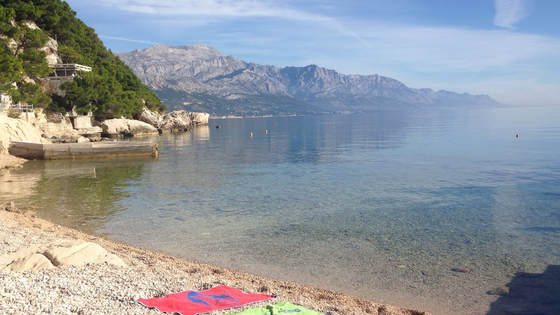 Our "Private" beach! Our "Private" beach! We headed to the coast the next day and rented another car a few days later to drive from Zadar to Dubrovnik, almost 400 km of mindblowing coastal roads. Another positive to renting a car is being able to stay at Airbnb's that are off the beaten path. We found one about 40 km south of Split in the small town of Mimice. It was BY FAR the coolest one we've ever stayed in. The views of the Adriatic sea were uninhibited from the kitchen, dining room, and balcony. A short walk down the stairs and we were treated to an outdoor barbecue and a semi-private beach. For an entire week, the sea was about as glassy and clear as you could ask for. Our days went like this: wake up, Audra would work for a few hours while I made breakfast, shopped, and prepared for the beach, lay out at the beach/snorkel for 3 or 4 hours while snacking on olives, oranges, breads and meats, work in the afternoon as I prepared dinner, watch a few shows while listening to the ocean at night, sleep, repeat. Life was GOOD! We even managed to fit in a day of Scuba diving! Food and Drink
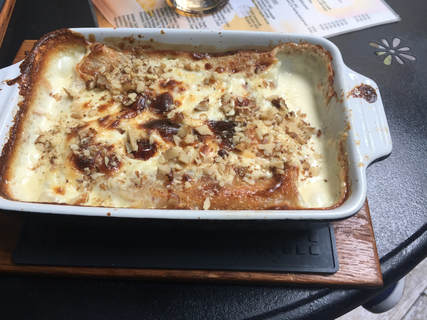 Štrukli Štrukli You gotta try the Štrukli when you come to Croatia. It's like a crispy lasagna using local sheeps cheese. It can be savory or sweet. We tried one with truffles and another with honey and walnut.
There's tons of beer here. Ožujsko and Karlovačko are the two most popular though. I've never seen 2 liters of beer before Croatia and I'm wondering why they don't exist elsewhere! You can get Croatian, Macedonian, and Montenegrin wine for about $3.50 for a full liter (normally 750 ml). Also, Croatia is famous for its Maraschino Liquor distilled in Zadar. It's hard to describe, but there its like a peppery caramel. If you come to Croatia, be on the lookout for Caffe bars. You won't have to look far because they are EVERYWHERE. These are just places to get 1 of 2 things: coffee, or beer. Want some food? Forget it. That's all they got. I really don't understand... HistoryAs mentioned before, Croatia was part of the Roman Empire and the Austro-Hungarian Empire. Only part of it was conquered by the Ottoman Empire, which is why most Croats are Catholic while their neighboring Bosniaks are primarily Muslim. If you look at a map of Croatia, you'll notice there is about 20 km of coast between Split and Dubrovnik that belongs to Bosnia and Herzegovina. In the late 17th century, the Venetians conquered most of the coast of Croatia at the same time that the Ottoman Turks had Bosnia under control. Dubrovnik, wary of a potential invasion by the Venetians, gave Bosnia about 20 km of coastline with the stipulation that the Ottoman empire had to defend that territory if the Venetians attacked. To this day, If you want to drive to Dubrovnik, you actually have to drive through Bosnia for about 20 minutes. Croatia is planning to series of bridges to a nearby Croatian Island which will span the gap and avoid the border crossings in the future. In recent history, Croatia was one of the 6 modern day countries that formed Yugoslavia: Croatia, Slovenia, Serbia, Montenegro, Macedonia, and Bosnia. This is, in my opinion, BY FAR the most interesting historical time to learn about when visiting the Balkans. However you'll have to wait for my next post for much of that history as we plan to spend a few weeks in Bosnia and Serbia learning as much as we can from the three major sides of the wars in the 90's. Teaser: Yugoslavia was an independent communist country/state governed by their leader Tito. It seems to have been probably the best example of a country where communism actually worked (about as good as it could have). When Tito died and the wall fell, (excuse the language) shit hit the fan. War broke out, complete with genocide, ethnic cleansing, and lax UN involvement. Categories
1 Comment
Jeanice & Jerry Kaiser
11/5/2017 08:25:42 am
Thank you! We always enjoy hearing from you.
Reply
Leave a Reply. |
|
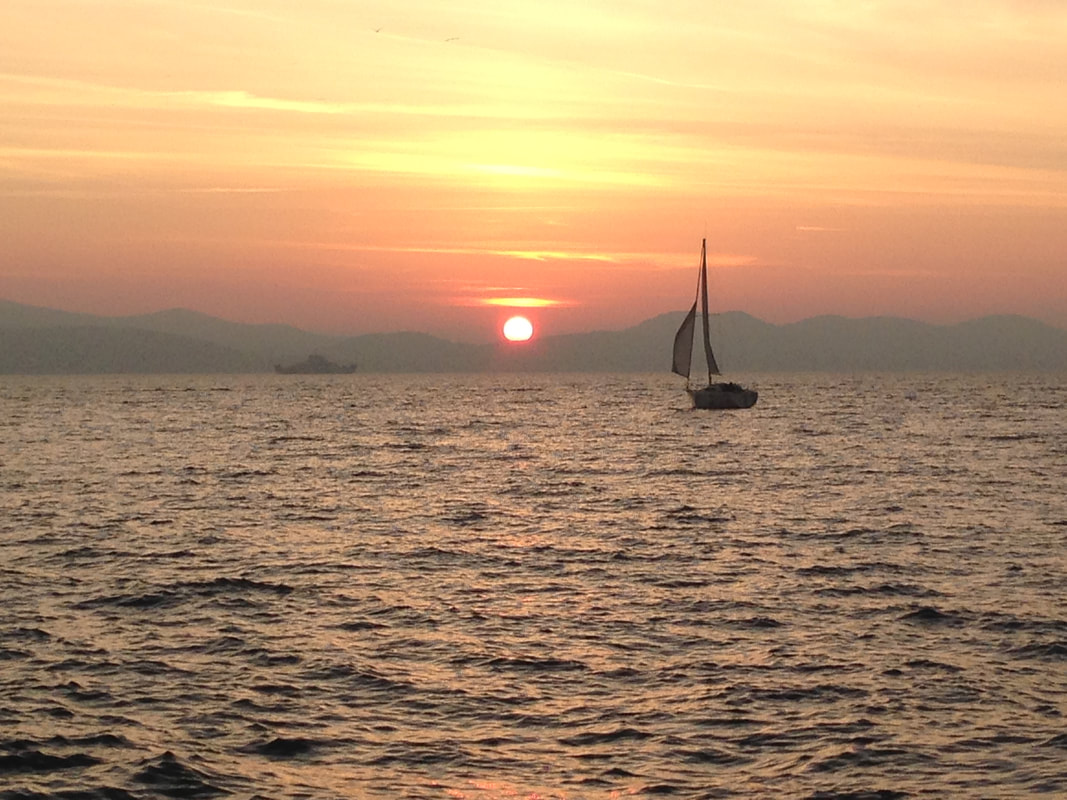
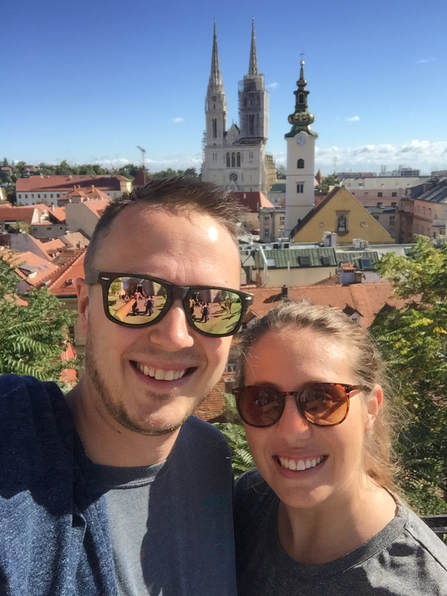
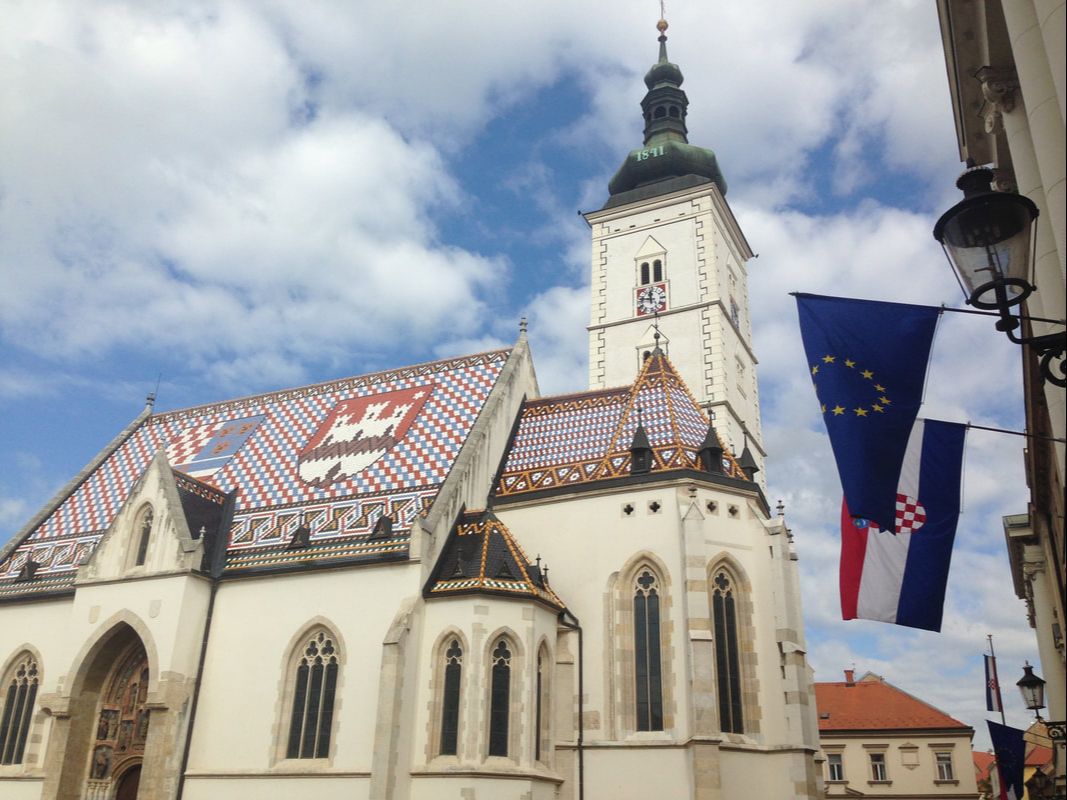
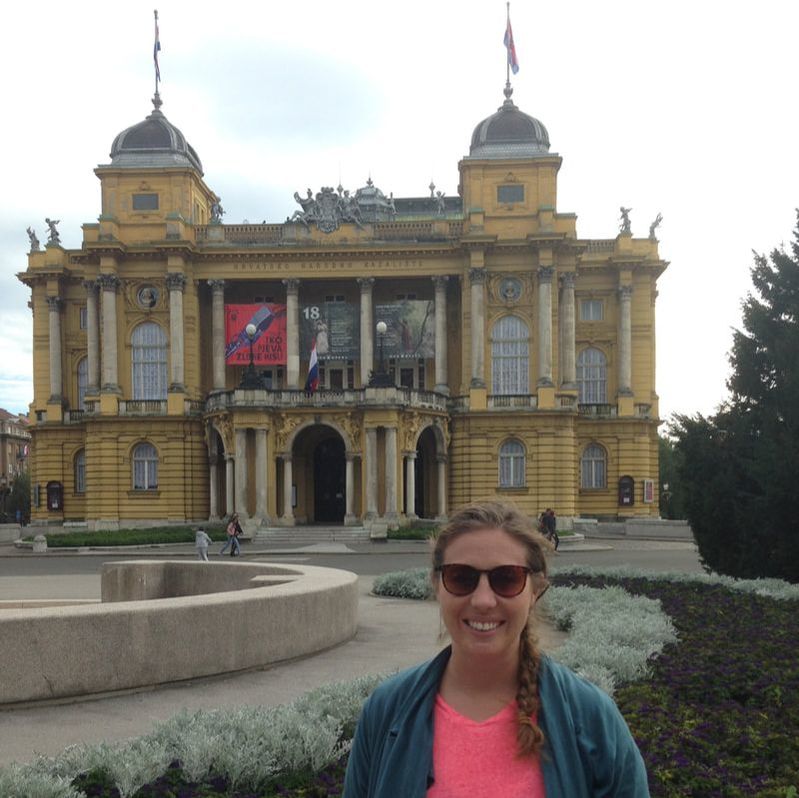
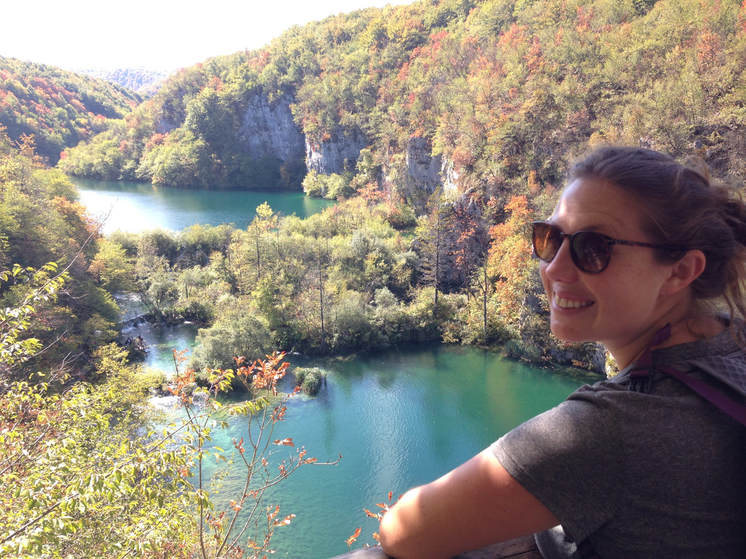
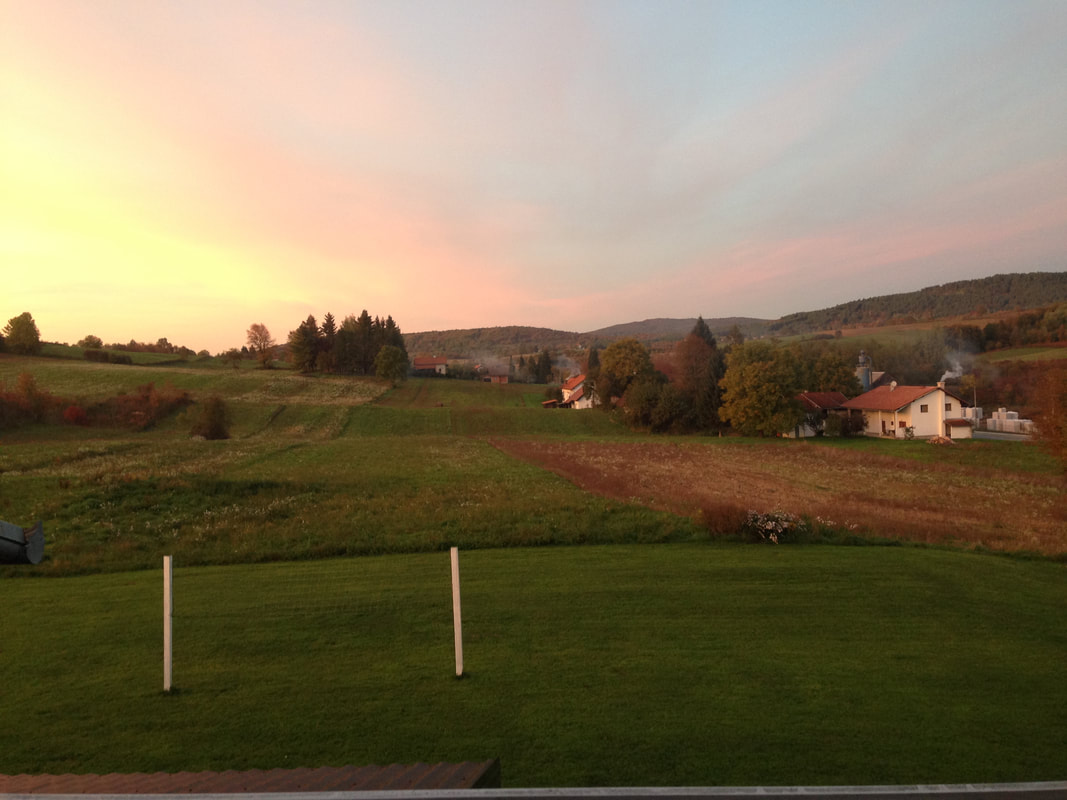
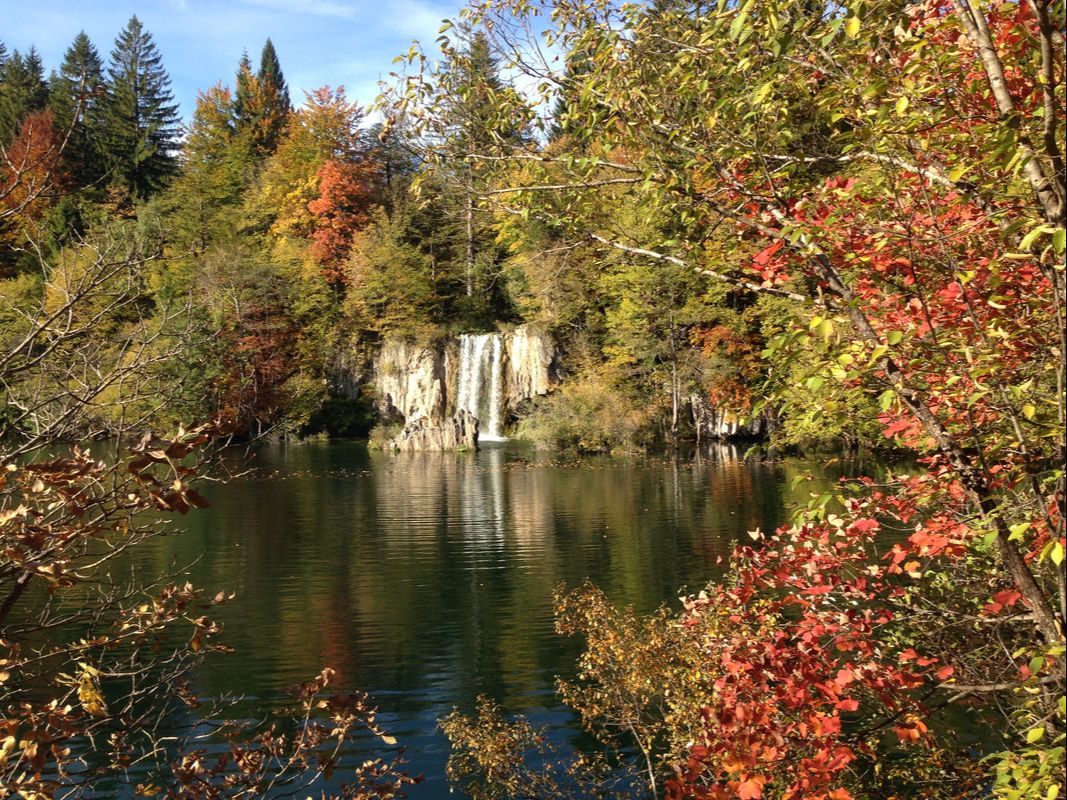
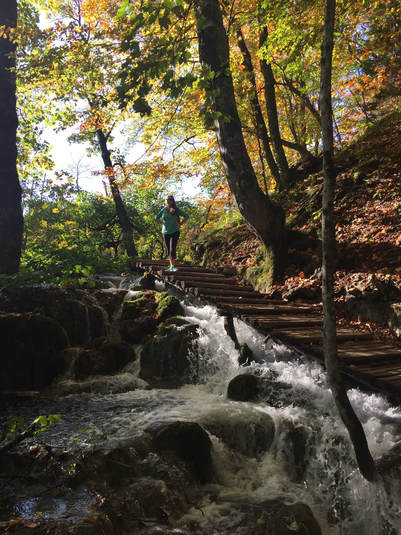
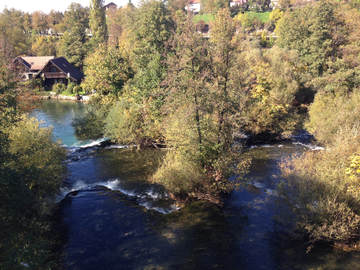
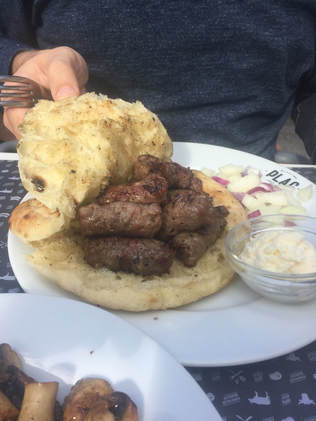
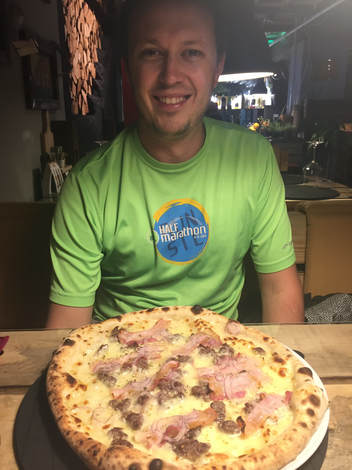


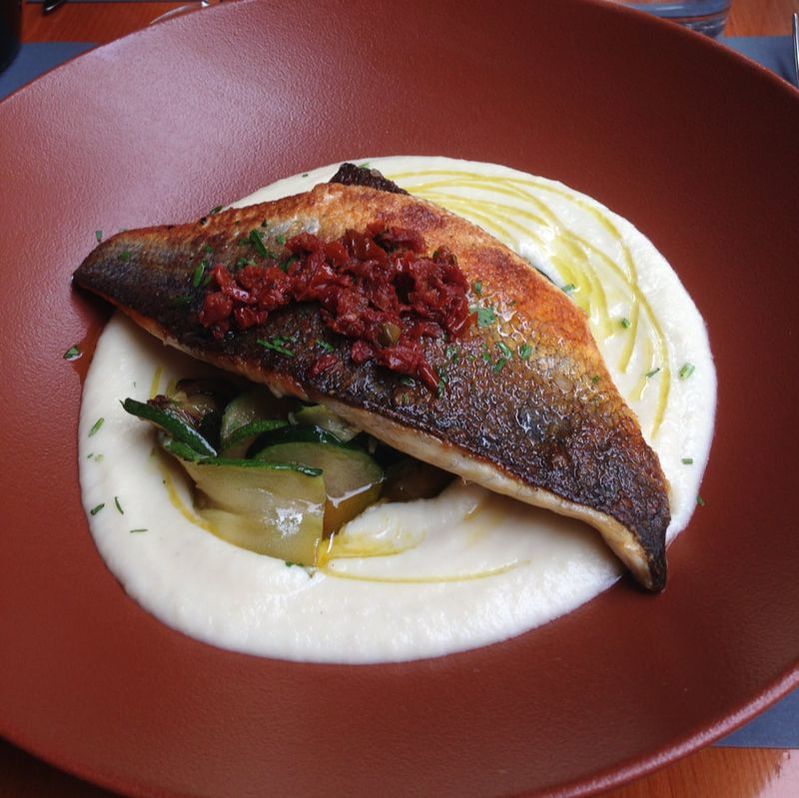
 RSS Feed
RSS Feed